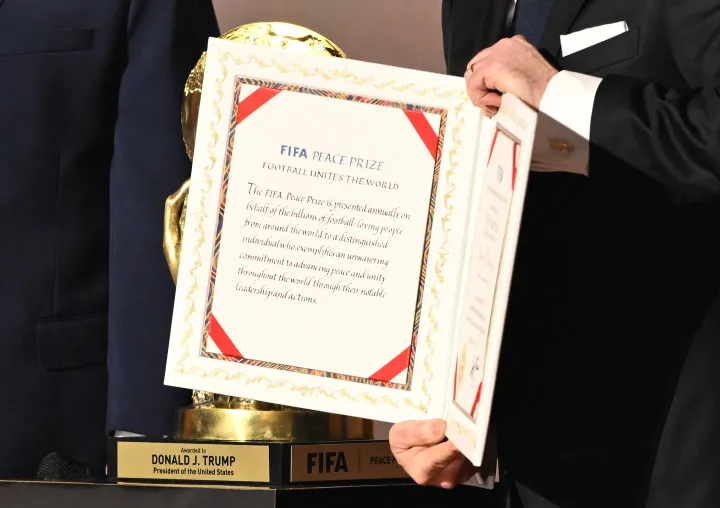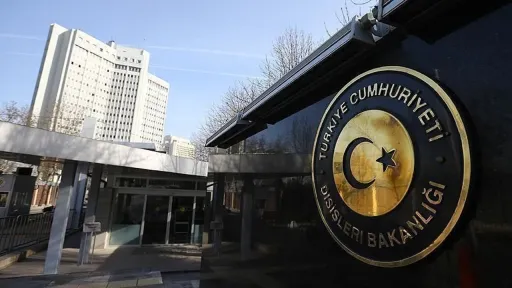Iran’s nuclear trajectory is more like a cautious glide along a familiar route than a leap into the unknown, made up of tactical, reversible steps aimed at buying time rather than fundamentally changing the project.
In New York, Iranian officials quietly explored whether a brief delay to the re-imposition of UN sanctions (‘snapback’) could be negotiated on the sidelines of the General Assembly if negotiations addressed their stockpile enriched to 60 percent.
The proposal, described by Iranian and Chinese state outlets as including a forty-five-day cushion and even direct contact with US counterparts, did not come to fruition; the deadline passed, the meeting never materialised, and UN sanctions were duly reinstated, with Washington and allied capitals imposing additional designations.
In American and European views, the old guardrails are still seen as essential — zero enrichment, credible missile limits, and restrictions on funding regional allies — while in Tehran, the same demands are regarded as externally dictated and, for this reason, illegitimate.
The legal mechanics of snapback are severe enough, with renewed restrictions on arms, missiles, travel, and assets, but their sharpest edge is political.
Every time the sanctions framework is put in place, the argument for compromise diminishes on both sides of this dispute, and the factions that mistrust diplomacy see their case validated.
Between sanctions and strikes
Across the region, Israel indicates that further strikes on Iran remain a possibility, while Gulf capitals brace themselves for sporadic flare-ups and the exhausting cycle of raids and retaliations.
Inside Iran, the latest sanctions impact market sentiment and the currency, yet officials maintain resilience and insist that nuclear decisions will keep flowing through the Supreme National Security Council.
Within that framework, the likely futures are modest: either a frozen crisis managed just short of war, or a limited, time-bound agreement in which Iran caps enrichment and restores intrusive access for inspectors from the International Atomic Energy Agency (IAEA) in exchange for targeted pauses in sanctions enforcement and some economic relief.
The Agency’s own accounting helps explain the urgency: by mid-June, inspectors had judged Iran’s 60-percent stockpile to be roughly 441 kilograms, a figure made more alarming by the fact that on-site verification has been patchy to non-existent since the summer strikes on nuclear facilities.
RelatedTRT World - US sanctions alleged Iranian 'weapons networks' after UN reimposes restrictions
What limits any prospective understanding is not simply leverage, but authority.
Despite confident forecasts after the twelve-day war with Israel, Ali Khamenei still decides when narrow openings appear and when they snap shut.
Concessions, whether to restore IAEA access or to support a ceasefire track, are cast by his lieutenants as acts of “revolutionary rationality,” not capitulation.
Similarly, Foreign Minister Abbas Araghchi has linked any new inspection framework to the consent of the Supreme National Security Council and has clarified that, with snapback already in force, those arrangements are suspended unless and until the leadership in Tehran considers that circumstances warrant their revival.
Cautious diplomacy, constrained power
Iranian President Masoud Pezeshkian speaks in tones of managerial pragmatism, promising socio-cultural and fiscal restraint at home and measured steps abroad, yet he repeats the central predicate of the system: nothing proceeds against the Supreme Leader’s guidance.
In practice, this results in continuity rather than a break. Incremental cooperation is permissible; surrendering sovereign benefits is not.
Western officials, for their part, insist that without reinstated onsite verification and strict limits on enrichment levels, the crisis will merely persist and recur.
To understand why Tehran still tests the temperature of back-channels even as it rejects maximalist conditions, it helps to hear a familiar argument from within the establishment.
The veteran diplomat Abdolreza Faraji Rad, speaking to the Iranian outlet Fararu, argued that Israel wields “broad influence” over the US–Iran nuclear issue and even over European policy; he contended that, for this reason, diplomacy should not be “deactivated” during difficult times and that discreet contact with Washington should be maintained to prevent doors from shutting.
The point is not to invite the reader to adopt this thesis, but to register that such reasoning - part grievance, part caution - underpins Tehran’s preference for quiet probes that avoid the optics of capitulation while preserving room to manoeuvre.
Across the water, the Western brief is stark and, in its own way, equally linear.
When enrichment rises to unprecedented levels without a convincing civilian reason, and when inspectors cannot reliably verify materials, only direct and consequential negotiations, combined with verifiable limits on enrichment, credible restrictions on missiles, and curbs on external financing—namely Iran’s support for armed proxies such as Hezbollah and the Houthis—will be effective.
European officials add that snapback was never their preferred remedy, that the door to diplomacy should remain ajar, and that the nuclear crisis does not lend itself to a military solution that would not, in time, recreate the very dangers it set out to remove.
In this telling, guardrails are not a punishment but the price of any relief that might endure the next cycle of provocation and reply.
Meanwhile, Gaza remains at the centre of the broader conflict dynamic.
A fragile ceasefire is now in place after Hamas released the last 20 living hostages, while Israel freed around 2,000 Palestinian detainees.
Yet tensions persist: Hamas has delivered a few more bodies of deceased hostages, though many remain unrecovered.
Tehran, absent from the ceasefire summit in Egypt, issued strong condemnations of Israeli actions and urged guarantors to enforce the terms of the truce.
Iran’s Foreign Ministry, after a notable pause, issued language of cautious support that was tightly framed within humanitarian law, welcoming any initiative that halts atrocities, enables aid and reconstruction, withdraws occupying forces, and affirms Palestinian self-determination.
At the same time, Iranian media loyal to the security establishment savaged provisions that would disarm or sideline Hamas.
The result is a familiar duality: Washington touts momentum, Tehran avoids the spoiler’s label, and each husband’s leverage for the chapter that follows.
And yet, when rhetoric spikes, friction follows. After President Trump warned that the United States would not “wait long” before striking again should Iran resume nuclear activity, Tehran’s Foreign Ministry replied that such language amounted to an admission of illegality and declared it had no intention of negotiating under threat.
Statements of this sort stiffen the spine of hardliners in Tehran while narrowing the room in which technocrats try to keep a pathway open to the (IAEA) and to regional intermediaries; they also underscore a simpler truth about the present moment: that every overture is accompanied by a counter-signal, and every counter-signal by a further test of will.
None of this occurs in a strategic vacuum.
In Tehran, there is a quiet reorganisation for a long contest rather than a decisive settlement: a wartime Defence Council under the Supreme National Security Council is being used to close seams between the Artesh (regular armed forces) and the Revolutionary Guards, to accelerate joint operations, and to absorb lessons from strikes that exposed gaps in air defence and command.
Advocates of military doctrinal change call for genuine dispersion, passive defence, and tighter operational control; sceptics warn that without a real delegation of authority, the new structures will amount to symbolism.
The practical trap is plain enough: rebuild sensitive sites too quickly and you invite another blow; rebuild too slowly and you bleed prestige.
A sound approach would prioritise verifiable inspection “time-outs” and material accountancy upfront, while dedicating effort to the less glamorous tasks of dispersion and hardening. These measures are less spectacular than a grand bargain but more practical under sanctions and snapback.
Abroad, Iran leans on a familiar hedge, wagering that Russia and, especially, China can blunt the sharpest edges of Western pressure.
Moscow can offer procedural umbrellas at the UN in New York and a measure of political cover. Still, it cannot reopen dollar rails, conjure insurance, or restrain Israel at the expense of its own equities.
Beijing differs in scale and structure: it anchors Iranian oil offtake through non-dollar conduits that cushion revenue flows, yet it balances much larger portfolios with Gulf states and Israel.
It will not underwrite the financial plumbing that true relief would require.
For policymakers in Washington and Brussels, this is precisely the point: snapback’s greatest power lies in its legitimacy effect on risk-averse banks, shippers, and insurers, who recalibrate exposure when UN authority returns, thinning Iran’s access even if Moscow and Beijing publicly contest the measures.
The remaining landing strip is deliberately narrow, but it still exists. Tehran sees snapback as externally orchestrated coercion and therefore prefers steps that can be reversed; Washington sees those same measures as inadequate unless supported by verifiable limits that prevent a bomb and reduce the logic of frequent strikes.
Between these two logics lies the only space in which anything durable can grow: exchanges in which Iran trades time and transparency for time and targeted relief, and in which the West trades sanction enforcement pauses for restraints that can be inspected, counted, and sustained.
Absent such choreography, the default is an expensive equilibrium—sanctions grinding down growth, intermittent blows resetting deterrence, and political systems on both sides that reward defiance over compromise.
Continuity, rather than breakthrough, is therefore the default; it will persist until pressure, risk, or opportunity compel a different approach.
























